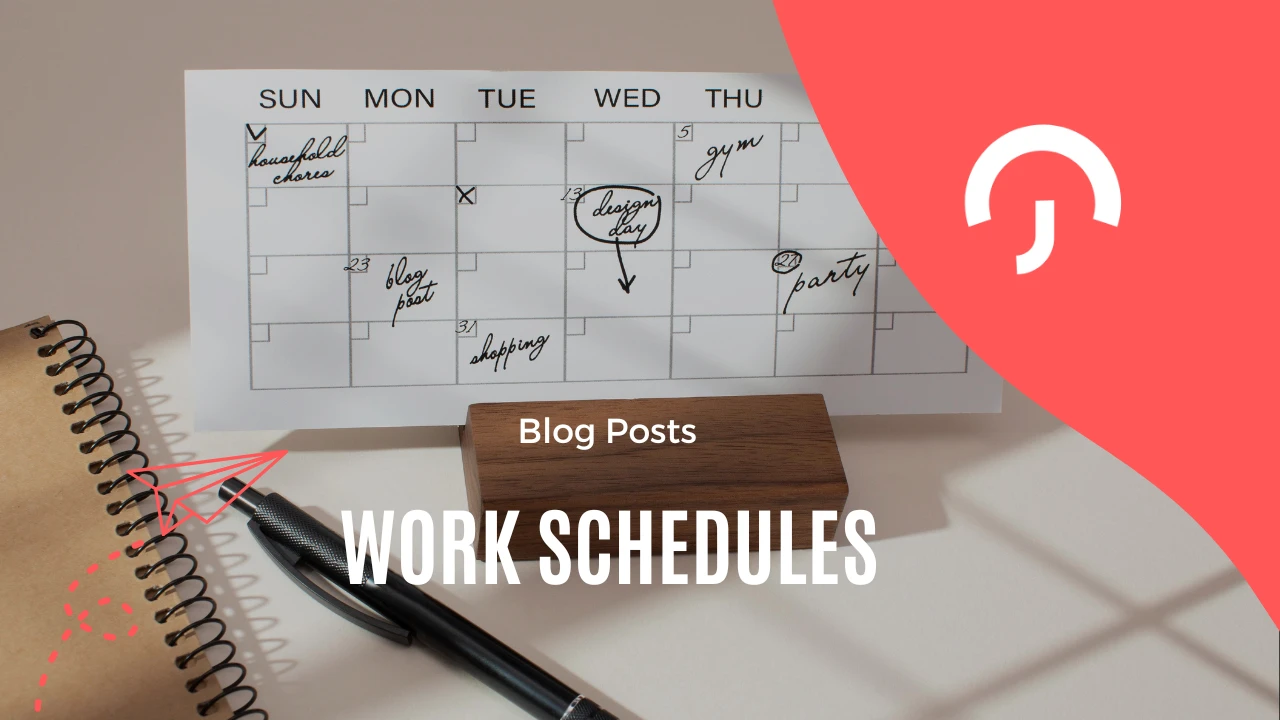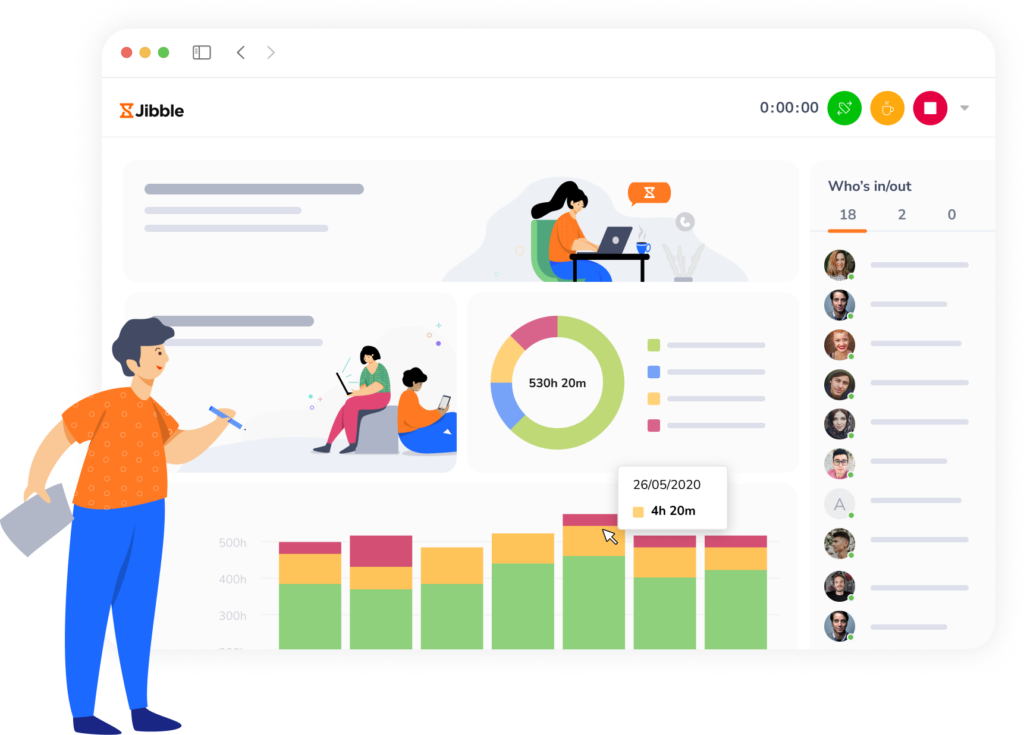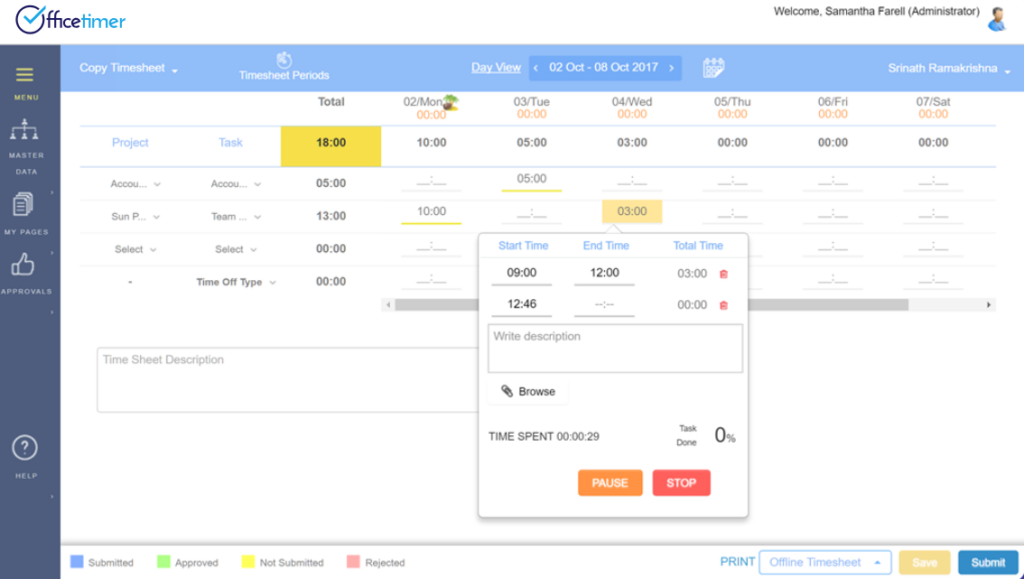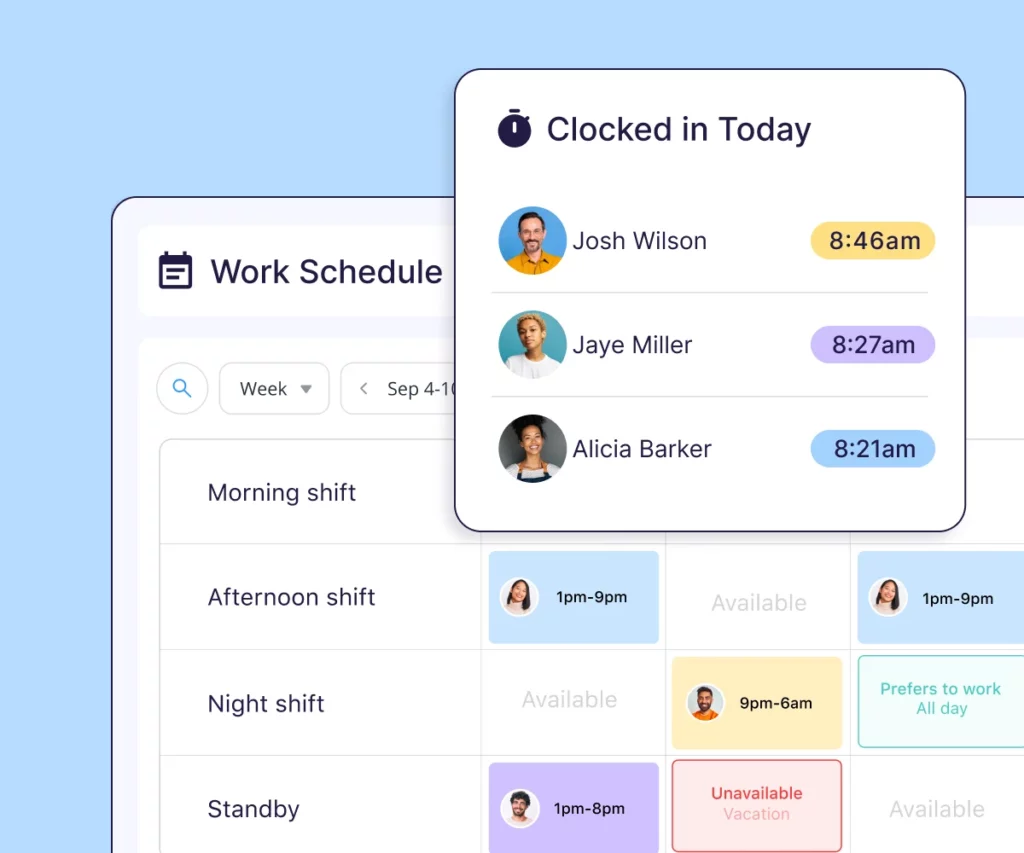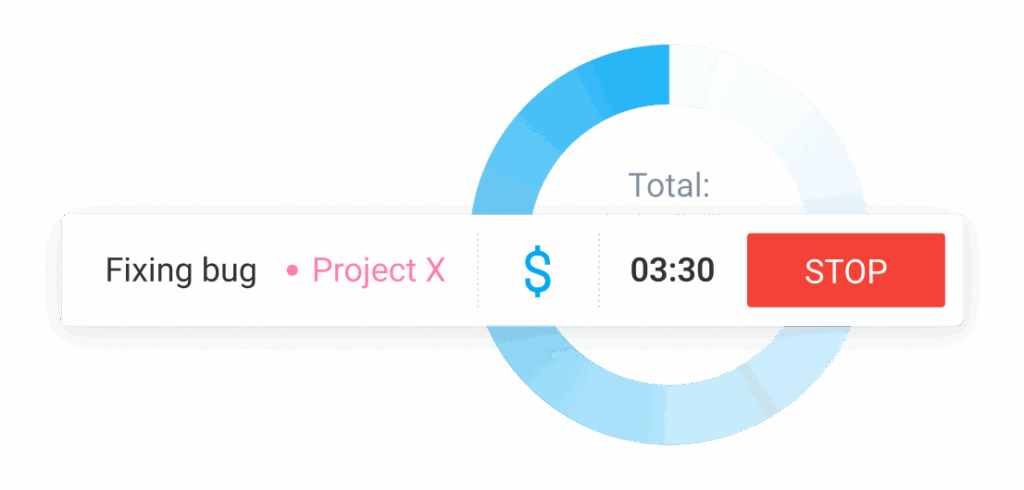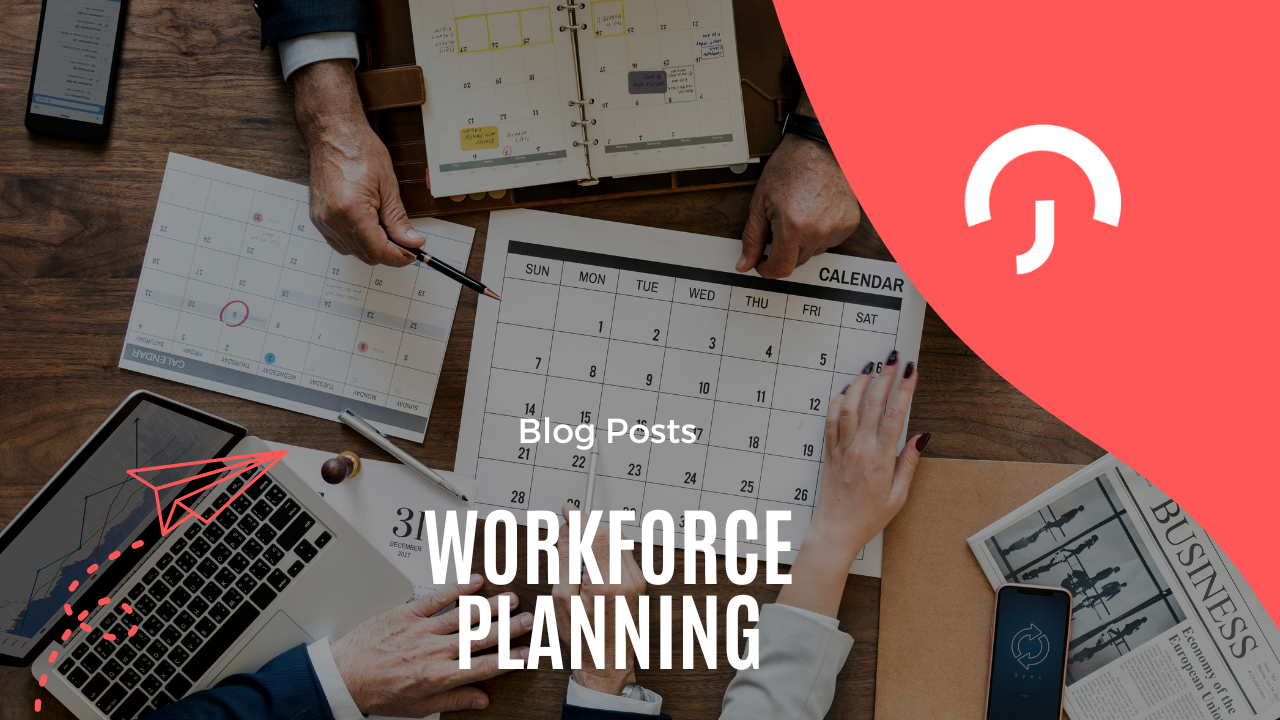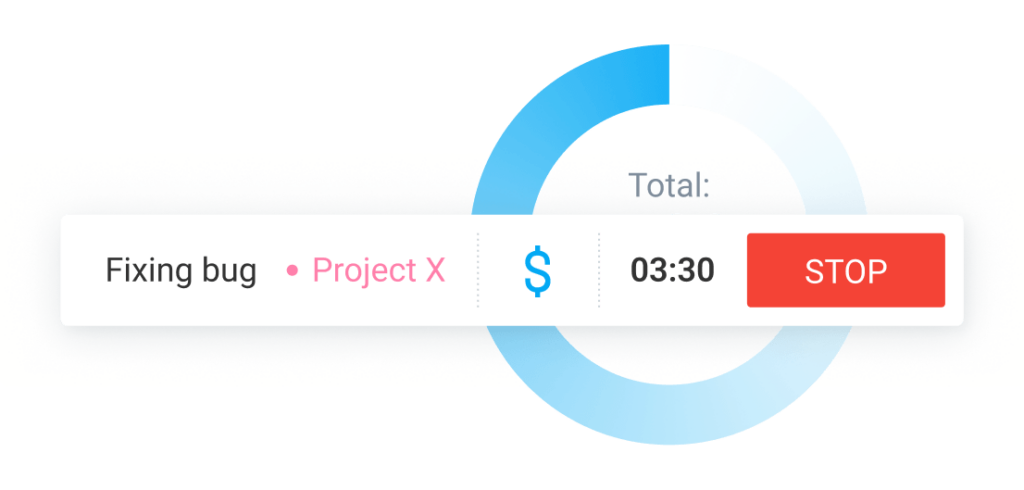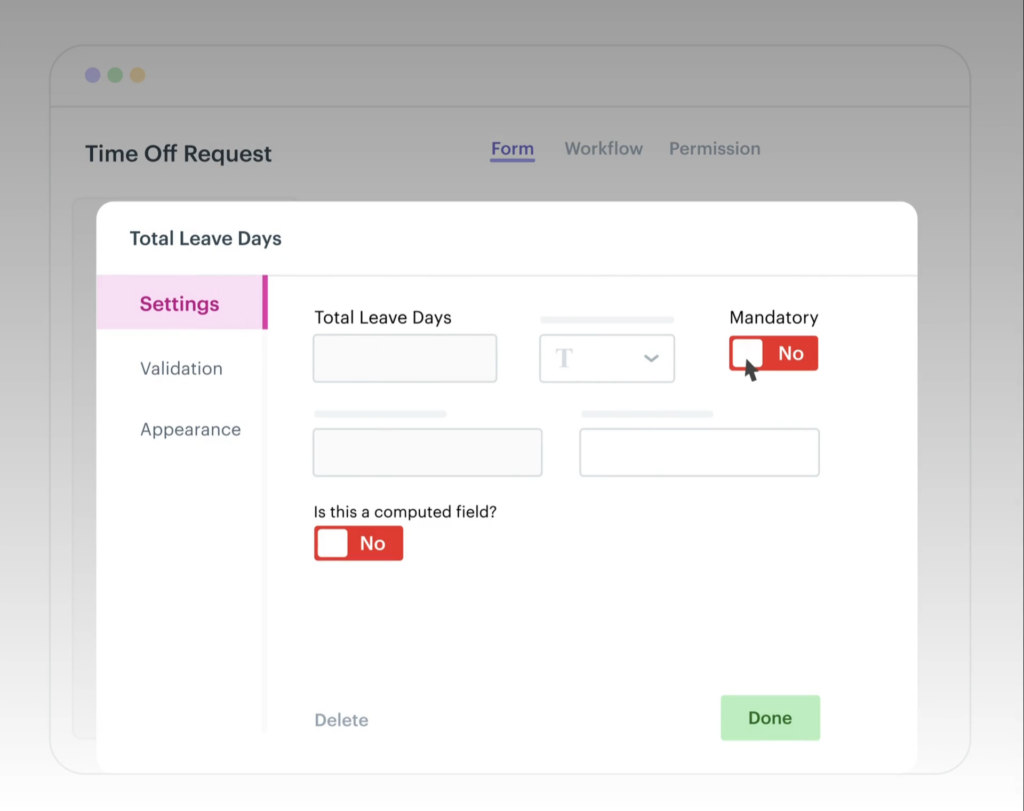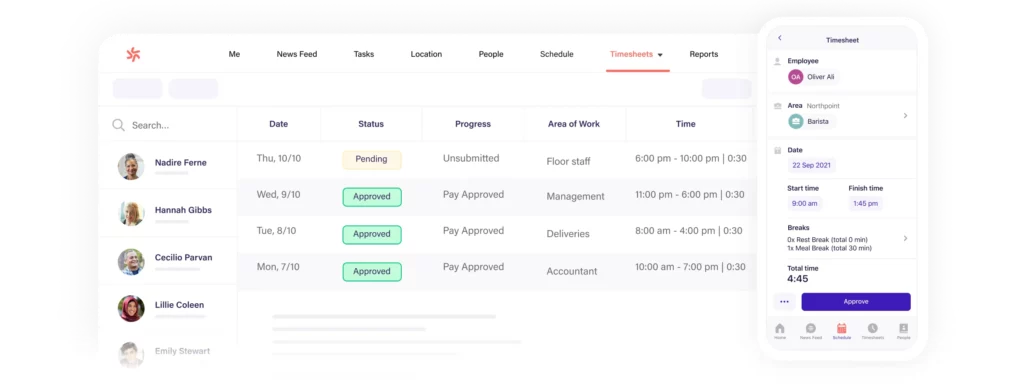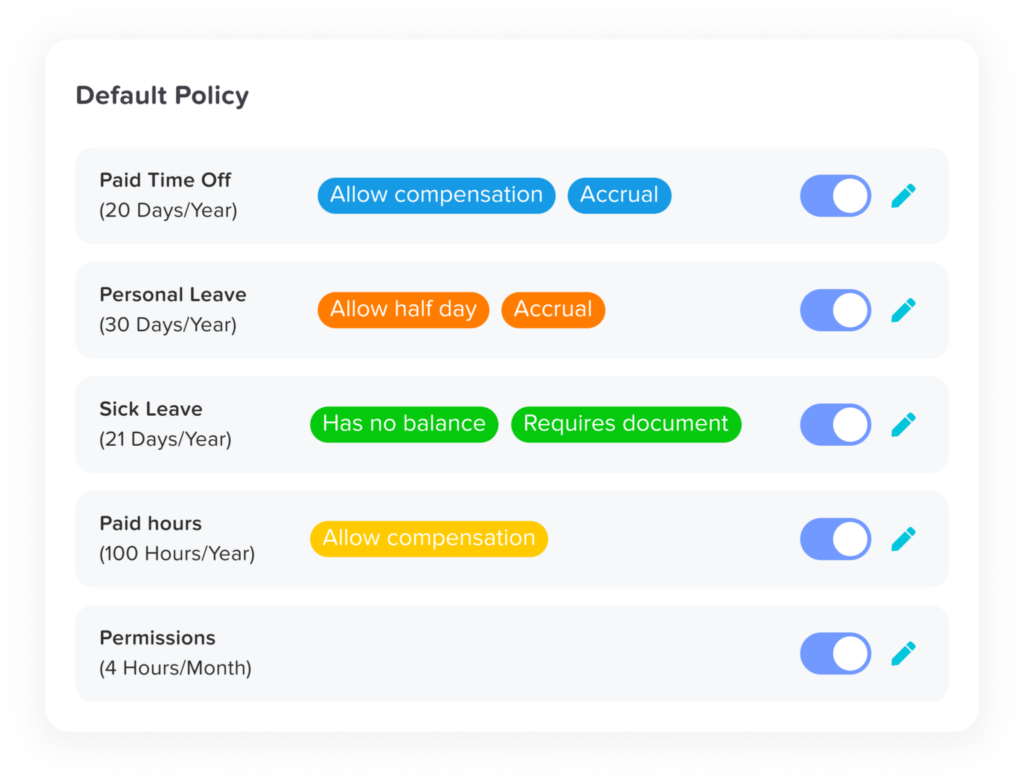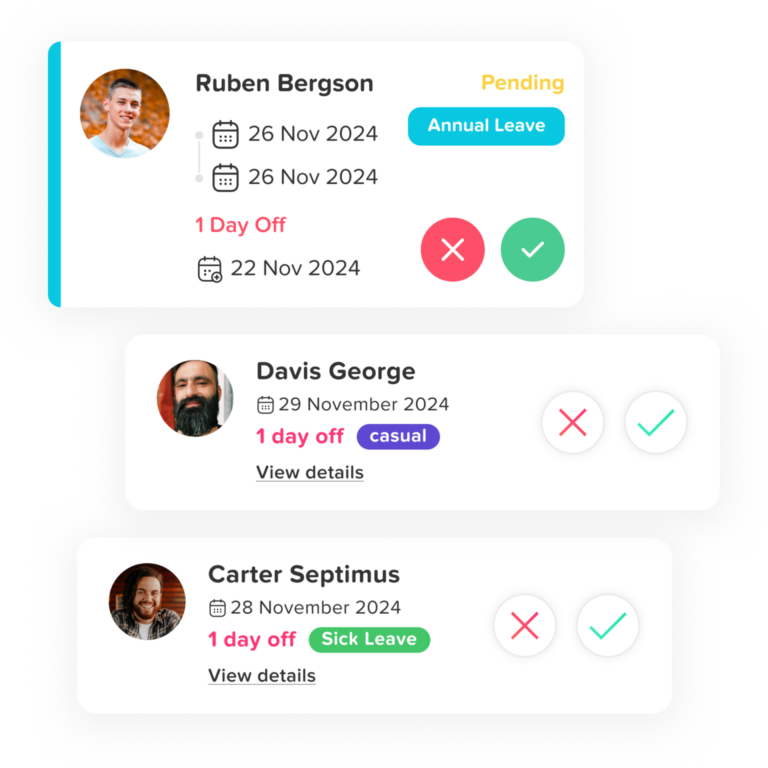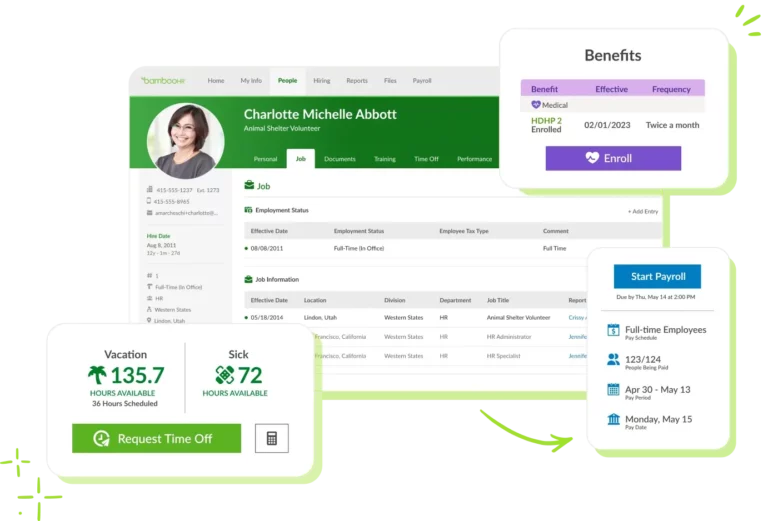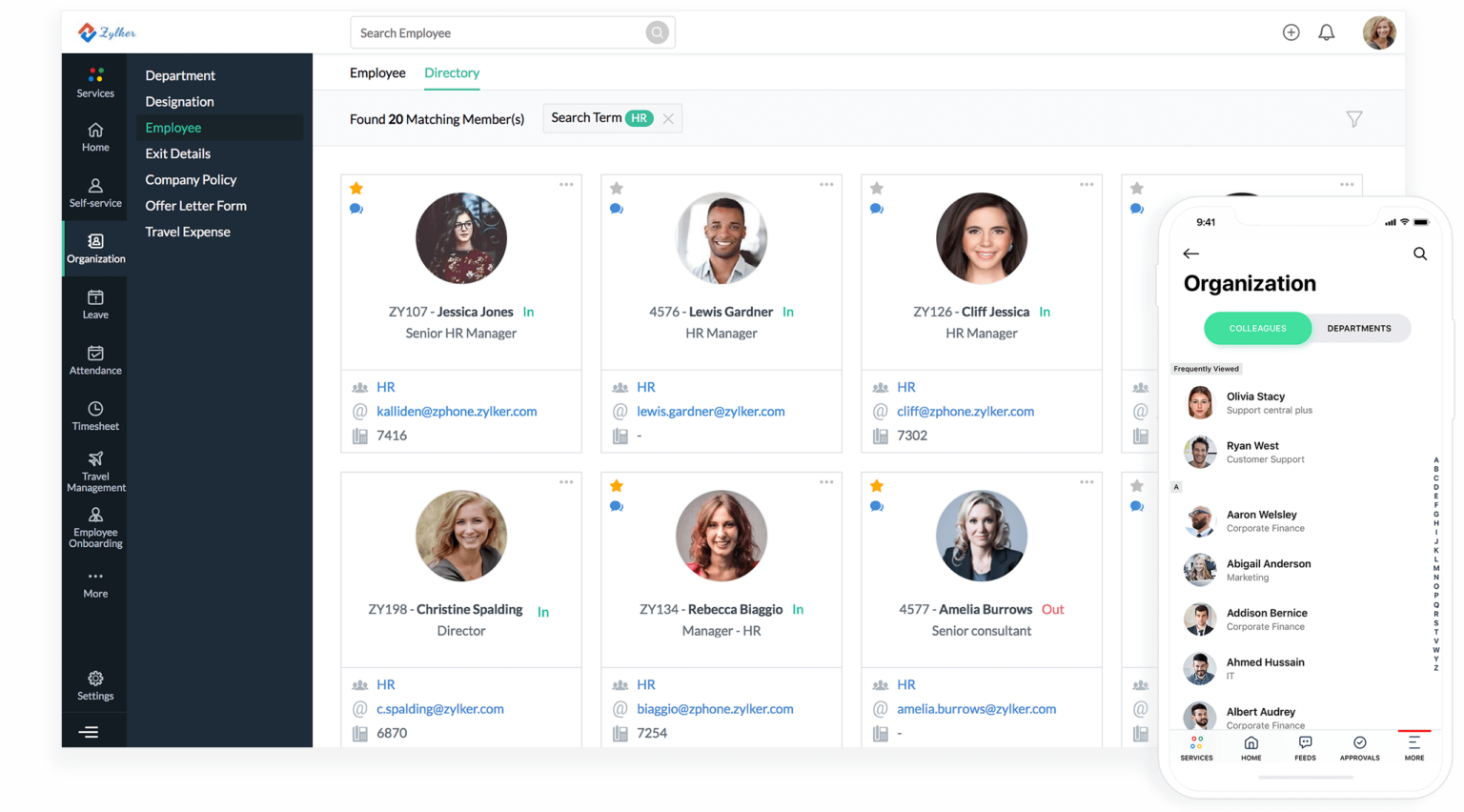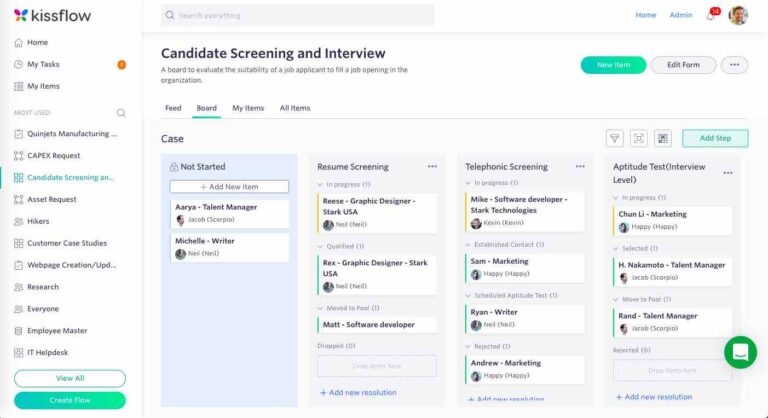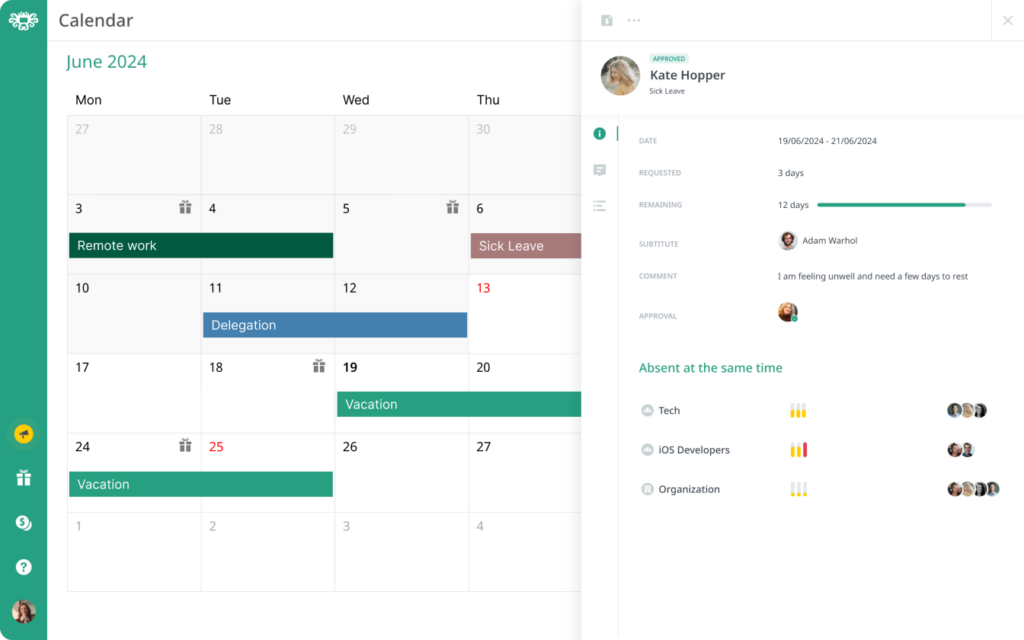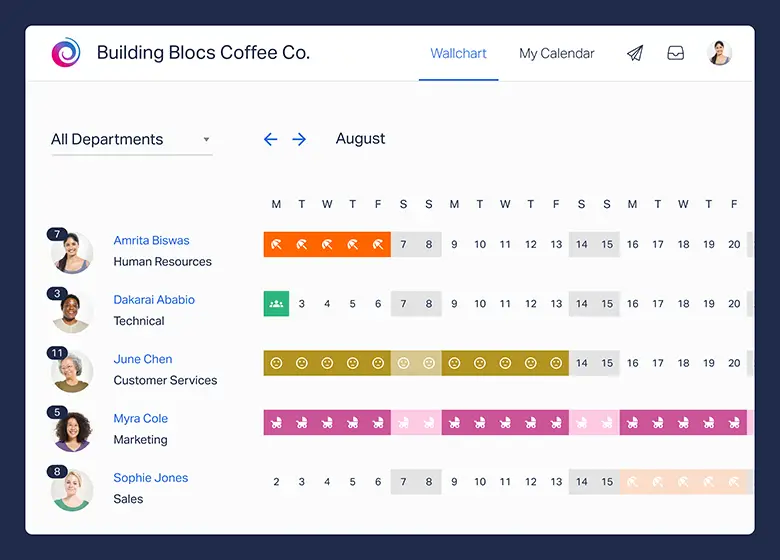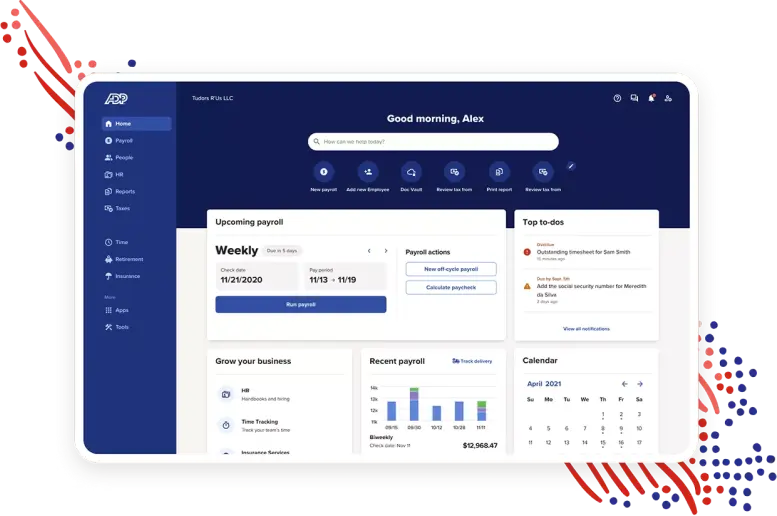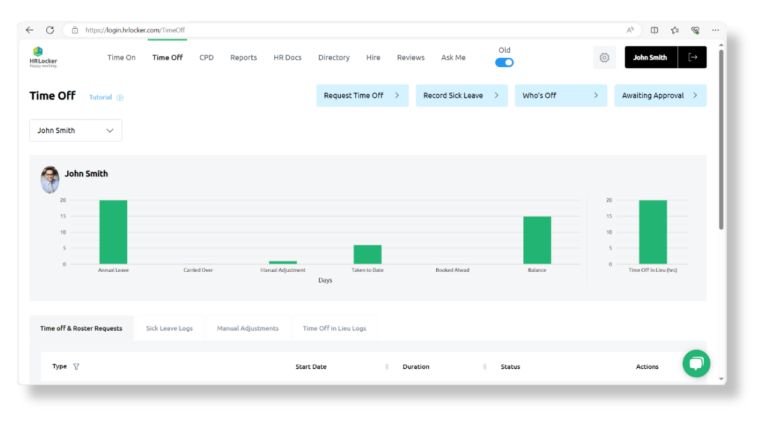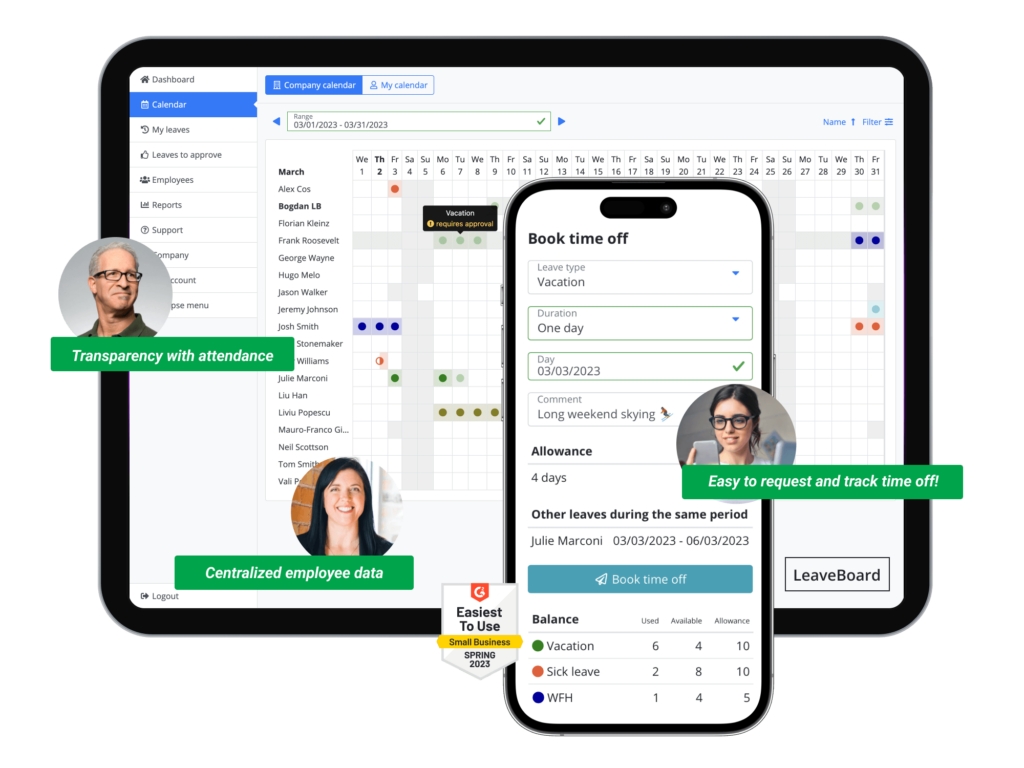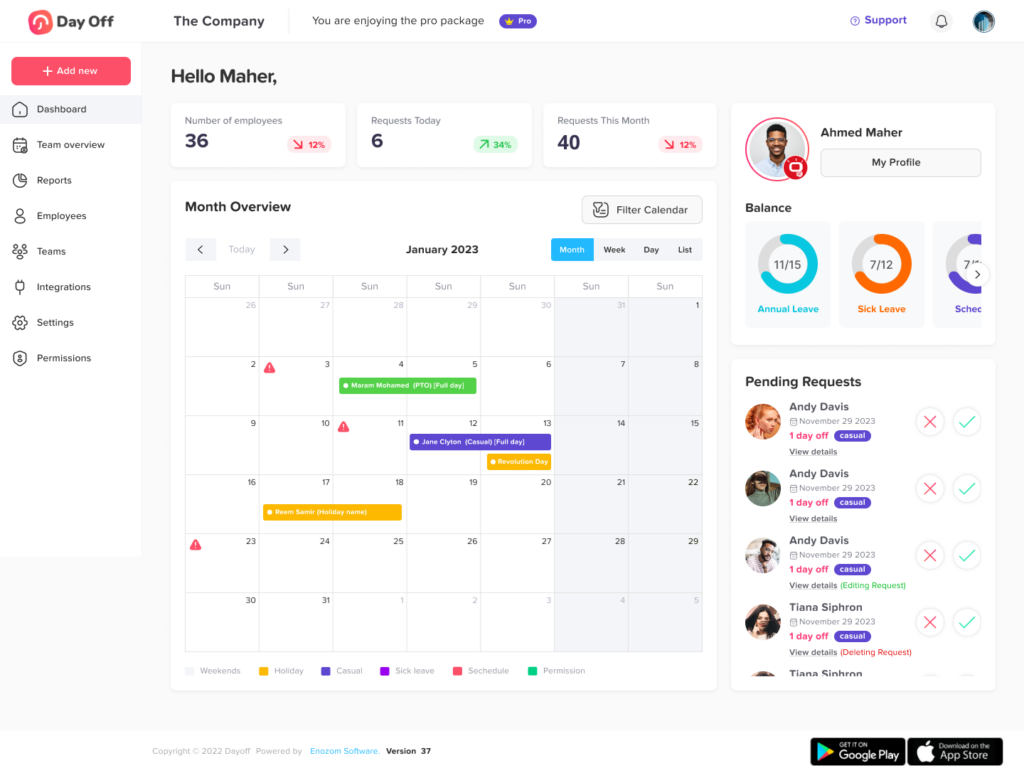Staying organized throughout the week can be challenging without a clear plan. A weekly work schedule template offers a simple yet powerful way to manage tasks, prioritize responsibilities, and make the most of your time. Whether you’re managing a team or planning your personal workload, this tool provides structure, reduces stress, and boosts productivity.
In this guide, you’ll learn what a weekly schedule template is, how to create one, and how it can help you stay focused and efficient every day.
What Is a Weekly Work Schedule Template?
A weekly work schedule template is more than just a calendar, it’s a strategic planning tool that enables individuals and teams to allocate their time effectively over a week. By mapping out tasks, meetings, deadlines, and breaks across each day, this template offers a clear visual of how the week is structured. It is useful for anyone aiming to reduce time wastage, improve accountability, and ensure that all tasks are given the attention they require. Whether printed or digital, these templates support a disciplined routine that enhances consistency and goal-setting.
Key Components of an Effective Weekly Schedule
To build a schedule that truly supports your goals, it’s important to include the right elements. Here are the key components that make a weekly work schedule both practical and effective.
Days of the Week:
Each day should be clearly labeled, from Monday to Sunday, to ensure comprehensive planning. This helps users break down their weekly responsibilities into manageable daily chunks, reducing the likelihood of overlooking tasks.
Time Slots:
Dividing each day into hourly or half-hourly intervals allows for precise time management. This granular breakdown ensures that all tasks, whether brief check-ins or extended work sessions, have a designated slot, preventing overlapping appointments or wasted time.
Task Descriptions:
Instead of vague labels, each entry should detail the task’s purpose. This might include the topic of a meeting, the goal of a work session, or a checklist of action items. The clearer the description, the easier it is to assess task progress and requirements.
Priority Indicators:
Marking tasks as high, medium, or low priority helps users focus on what’s most urgent and essential. This prevents energy from being spent on less critical tasks when more pressing ones are pending.
Notes Section:
This area can be used for reminders, follow-ups, or context for tasks. For example, a note might include, “Prepare presentation slides before 2 PM,” or “Call client to confirm appointment.” These details add flexibility and support effective execution.
Types of Work Schedules Supported in Day Off
Day Off supports a variety of work schedule types to match the diverse needs of modern teams. Whether your organization follows a traditional 9-to-5 model or operates on flexible or rotating shifts, Day Off ensures accurate and adaptable leave tracking.
Fixed Days
In a fixed-day schedule, employees are assigned specific days of the week to work, typically Monday through Friday, with weekends or designated days off excluded from their standard schedule. This setup is commonly used in traditional office environments or full-time roles where consistency and routine are essential.
With fixed days, Day Off automatically recognizes non-working days (such as weekends or designated rest days) and excludes them from paid time off (PTO) calculations. This ensures that employees aren’t unfairly charged for time they aren’t scheduled to work, simplifying leave requests and enhancing transparency in time tracking.
Fixed Hours
A fixed-hours schedule defines both the start and end times of each workday, for example, 9:00 AM to 5:00 PM, Monday through Friday. This is especially useful for organizations that require strict adherence to business hours or need to monitor attendance and productivity more closely.
This structure also supports accurate leave reporting by differentiating between full-day and partial-day leave. If an employee takes leave for only part of the day, the system can reflect that precisely based on their expected work hours. It’s ideal for workplaces where punctuality, client-facing hours, or synchronized team collaboration is critical.
Flexible Hours
Flexible scheduling allows employees to choose when they work, as long as they fulfill a specified number of hours per day or week. For instance, someone might start work at 7:00 AM one day and 11:00 AM the next, depending on their needs and commitments.
This type of schedule empowers employees with autonomy over their time while maintaining accountability for overall productivity. Day Off accommodates this flexibility by allowing the definition of general working windows without enforcing strict in/out times. This fosters a culture of trust, encourages work-life balance, and is especially useful in remote or hybrid work environments.
Rotating Shifts
Rotating shift schedules involve alternating between different time blocks, such as morning, evening, and night shifts, based on a cyclical or weekly pattern. These schedules are common in industries that require 24/7 coverage, such as healthcare, hospitality, manufacturing, and customer support.
Day Off allows organizations to set up custom shift groups with unique schedules for each rotation. Leave calculations are then adjusted based on the assigned shift, ensuring fair and accurate PTO management. This feature makes it easier to accommodate shift-based employees without manual adjustments, even when they change schedules week to week.
Benefits of Using a Weekly Work Schedule Template
Using a weekly work schedule template offers more than just structure—it enhances productivity, streamlines planning, and brings clarity to your week. Here are the key benefits that make it an essential tool for individuals and teams alike.
Enhanced Productivity:
A structured schedule helps users remain focused and avoid distractions. By visually seeing what needs to be done and when, it’s easier to maintain momentum and reduce idle time. This consistent engagement translates into higher output and more reliable results.
Improved Time Management:
Time-blocking through scheduled slots ensures that tasks are distributed evenly throughout the week. This prevents last-minute scrambling and makes workloads more manageable. Users can see at a glance where their time is going and shift focus as needed.
Goal Tracking:
Tracking weekly goals becomes effortless with a visual schedule. Each task serves as a stepping stone toward larger objectives, and reviewing completed items at week’s end offers insights into personal or team progress. This is particularly useful in performance evaluations and project milestones.
Stress Reduction:
Having a predictable and well-organized plan diminishes anxiety around what needs to be done. When tasks are scheduled thoughtfully, there’s less room for uncertainty or last-minute chaos, resulting in a more relaxed and confident work approach.
Frequently Asked Questions (FAQ)
Before wrapping up, here are answers to some common questions that can help you make the most of your weekly work schedule template. These insights cover practical usage, customization, and adaptability for different work styles.
Can I use a weekly work schedule template for remote teams?
Yes, it’s great for remote teams. It helps align tasks, manage time zones, and keep everyone informed of responsibilities. Templates provide a clear view of weekly goals and deadlines, promoting accountability and better communication, even when working from different locations.
What tools can I use to create a digital weekly schedule template?
You can use tools like Excel, Google Sheets, Trello, Notion, Canva, or project management apps like Asana. Many offer ready-made templates that are easy to customize. Choose based on your team’s collaboration needs and whether you prefer mobile access or detailed reporting features.
How do I make sure my schedule is realistic and not overbooked?
Estimate task durations carefully, include buffer time, and avoid filling every time slot. Prioritize essential activities and allow flexibility for unexpected changes. Review previous weeks to learn how much you can handle daily and adjust your schedule to reflect a balanced workload.
How often should I update my weekly schedule?
Update your schedule at the beginning of each week, then revise it daily if priorities shift. Set aside a few minutes each Friday to review progress and plan improvements. Regular updates help you stay focused, adapt to changes, and ensure no important task is overlooked.
Can this template be adapted for part-time workers or freelancers?
Yes, templates are flexible for any work arrangement. Part-time employees can include only their available days and hours. Freelancers can block time for client work, meetings, and personal development, making it easier to balance different projects and responsibilities.
How can a weekly work schedule template help with team accountability?
It shows who’s doing what and when, helping prevent task overlap or confusion. Everyone can see their responsibilities and deadlines, which encourages follow-through. Shared templates also help managers track progress and identify workload imbalances early on.
Is there a mobile-friendly version of these templates?
Yes, most scheduling tools like Google Sheets, Notion, or Trello offer mobile apps. These let you view, update, and share your schedule on the go. Mobile access is ideal for remote teams or individuals who need flexibility and want to stay organized away from their desk.
What if my week is unpredictable, can I still use a schedule template?
Absolutely. Use flexible blocks or label tasks as tentative. Leave open time slots for unexpected priorities. Templates help organize even unpredictable days by giving structure without being rigid, helping you shift tasks smoothly as changes arise throughout the week.
How do I balance personal and professional tasks in one schedule?
Use color-coding or categories to separate personal and work tasks. This makes it easy to view your week holistically and ensure balance. Blocking time for self-care, errands, and hobbies alongside work duties helps you stay productive without neglecting personal needs.
Are there templates specifically designed for teams?
Yes, many tools offer team-focused templates with shared calendars and task assignments. These are great for managers to assign tasks, track availability, and coordinate deadlines. Team templates improve visibility, communication, and help avoid scheduling conflicts.
Conclusion
A weekly work schedule template is more than just a planning tool, it’s a proven strategy for organizing time, improving focus, and achieving goals. Whether you work independently, manage a team, or oversee complex shift schedules, the right template brings structure, reduces stress, and supports better decision-making. By understanding the types of schedules, key components, and practical benefits, you can tailor your planning approach to match your work style and responsibilities. Start using a template today to take control of your week and work smarter, not harder.
